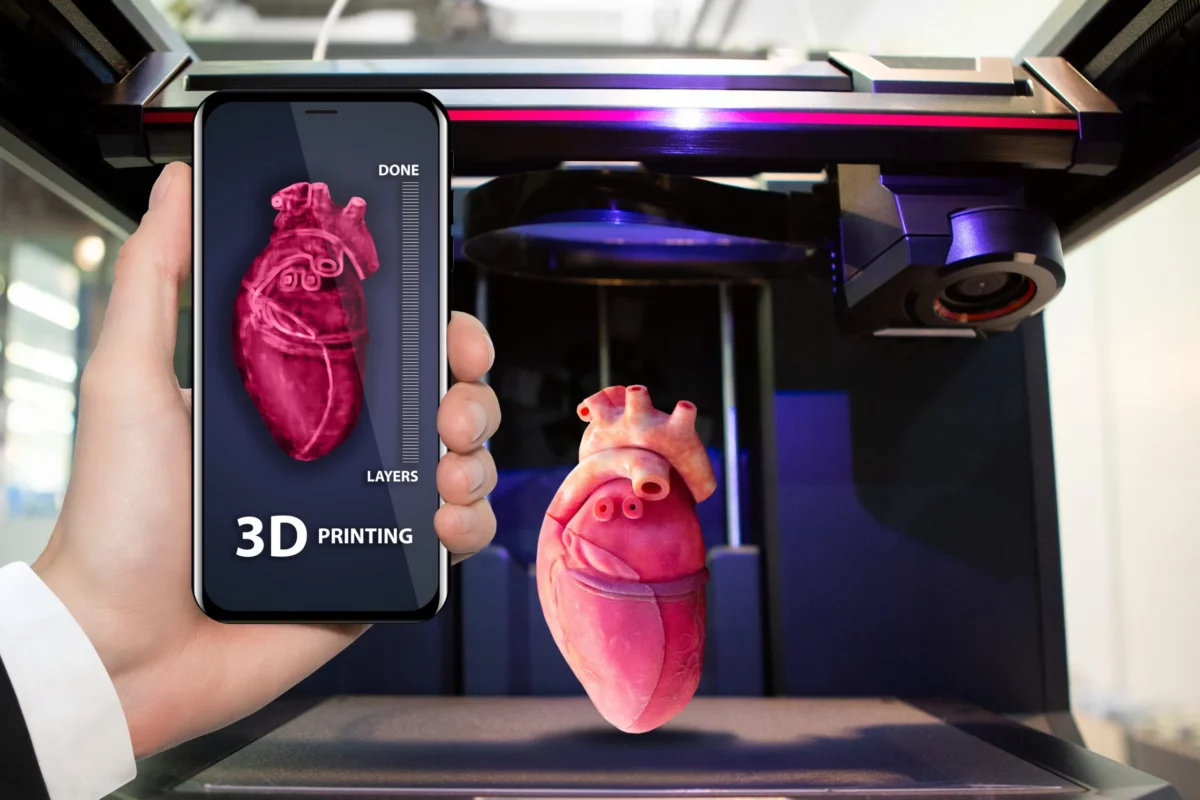Uncategorized
Innovations in 3D printing for medical applications

3D printing, also known as additive manufacturing, has transformed various industries by enabling the creation of complex and customized objects. In recent years, this revolutionary technology has made significant advancements in the field of medicine. 3D printing for medical applications has opened up new possibilities for personalized patient care, surgical planning, medical education, and the development of innovative medical devices. From patient-specific implants to anatomical models, the innovations in 3D printing are reshaping the landscape of modern healthcare. In this article, we explore the remarkable innovations in 3D printing that are revolutionizing medical applications and improving patient outcomes.
Patient-specific implants and prosthetics,
One of the most transformative applications of 3D printing in medicine is the creation of patient-specific implants and prosthetics. Traditional implants and prosthetics are often standardized, leading to challenges in achieving a perfect fit for each patient. With 3D printing, medical professionals can now design and fabricate implants and prosthetics that precisely match a patient’s unique anatomy.
For example, in orthopedic surgeries, 3D-printed implants can be tailored to fit the exact dimensions of a patient’s bone, reducing the risk of complications and improving overall functionality. Similarly, in dentistry, 3D printing has facilitated the creation of custom dental implants and crowns that offer a superior fit and enhanced aesthetic results.
Surgical planning and training,
3D printing has revolutionized surgical planning and training by providing surgeons with patient-specific anatomical models. These models are created using medical imaging data, such as CT scans or MRI, and are invaluable for visualizing complex anatomical structures and planning intricate surgical procedures.
Surgeons can use these 3D-printed models to practice and simulate surgeries before performing them on the actual patients. This enhances surgical precision, reduces the risk of complications, and shortens operating times. Additionally, medical students and trainees can benefit from hands-on experience with realistic anatomical models, improving their skills and confidence in the operating room.
Organ and tissue bioprinting,
Bioprinting, a specialized form of 3D printing, holds enormous potential for regenerative medicine and organ transplantation. It involves the precise layer-by-layer deposition of living cells, biomaterials, and growth factors to create functional tissues and organs.
Researchers are actively exploring the possibility of bioprinting organs, such as kidneys, livers, and hearts, using a patient’s own cells. If successful, this technology could alleviate the global organ shortage crisis and reduce the risk of organ rejection, as the bioprinted organs would be derived from the patient’s own cells.
Personalized drug delivery,
3D printing is revolutionizing drug delivery by enabling the fabrication of personalized drug dosage forms. These custom-made dosage forms can be tailored to release medications at specific rates, durations, and locations in the body, based on an individual’s unique medical needs.
Personalized drug delivery has the potential to improve medication adherence and reduce side effects, as patients receive the precise amount of medication required for their condition.
Medical device innovation,
3D printing has also accelerated the development of innovative medical devices. From surgical instruments to assistive devices, 3D printing allows for rapid prototyping and customization of medical tools.
For example, surgeons can design and 3D print specialized instruments for unique surgical procedures, increasing surgical efficiency and improving patient outcomes. In the field of prosthetics, 3D printing has enabled the creation of lightweight, comfortable, and cost-effective custom prostheses for amputees.
The innovations in 3D printing for medical applications are transforming the way healthcare is delivered and experienced. From patient-specific implants and prosthetics to surgical planning models and bioprinted organs, this technology is revolutionizing personalized patient care and improving treatment outcomes. With continued advancements in 3D printing technology and materials, the potential for innovative medical applications is boundless. As research and development in this field continue to expand, 3D printing is set to play an increasingly pivotal role in shaping the future of modern medicine and revolutionizing healthcare on a global scale.


